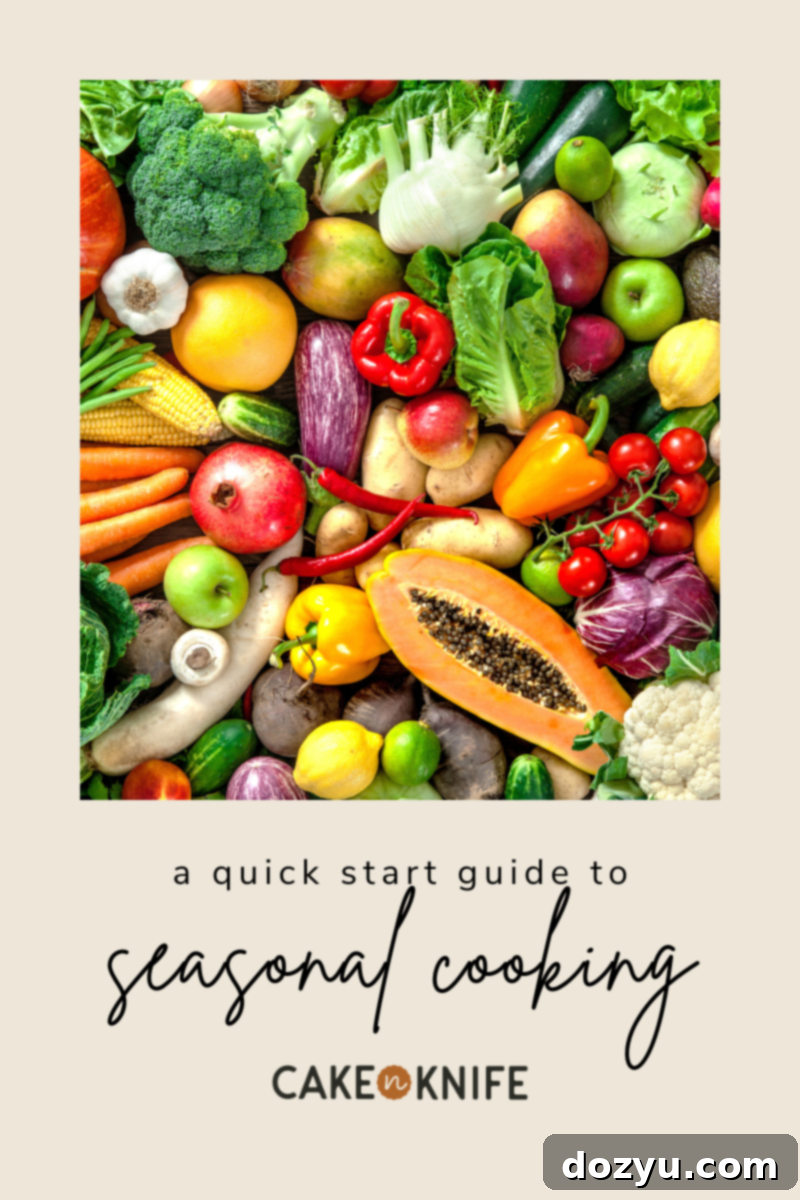Seasonal Cooking 101: Your Quick Start Guide to Eating Fresh All Year Round
Welcome to your ultimate Quick Start Guide to Seasonal Cooking! Here, you’ll embark on a culinary journey to discover what seasonal cooking truly entails and how to identify what fresh produce is available throughout the year. This approach to cooking is more than just a method; it’s a philosophy. It’s about savoring the unique flavors of each season, fostering a deeper connection to our food sources, and creating memorable experiences around the dining table. Let’s dive into how embracing seasonal ingredients can transform your kitchen and delight your senses.

Cooking with the seasons has become one of my core cooking principles. It’s a wonderfully rewarding way to celebrate the bounty of your local region, diversify your diet with a wider array of delicious fruits and vegetables, and truly appreciate the rhythm and changes of nature throughout the year. When you cook seasonally, you’re not just preparing a meal; you’re engaging in a time-honored tradition that connects you to your environment and community.
While this blog didn’t originally center on seasonal cooking, you might have noticed a distinct shift in that direction over the past few years. Beyond my goal of creating uncomplicated recipes that bring people together, I’m passionate about ensuring the food I share is in season or, at the very least, inspires you for upcoming seasons. After all, isn’t half the fun of cooking anticipating the next harvest? (We might all be thinking about festive holiday meals already, even if it’s the middle of summer, and that’s totally fine, LOL).

table of contents
Toggle
So, what is seasonal cooking?
At its heart, seasonal cooking is about harmonizing with nature’s cycle. It’s the practice of preparing and consuming fruits, vegetables, and other produce that are naturally ripe and ready for harvest during specific times of the year in your local climate. Far from being a new trend, this is a concept deeply rooted in human history. Before the advent of global transportation and large-scale agricultural systems, people naturally relied on what was local and in season. Embracing seasonal cooking today is a return to a more traditional, sustainable, and frankly, more delicious way of life that our ancestors practiced for millennia.
The more I dedicate myself to cooking through the seasons each year, the more profoundly I consider the origin of my food. It’s a journey that constantly reminds me of the intricate web that connects what’s on my plate to the land it came from.
For those new to the concept, seasonal food simply refers to produce that is acquired close to the time of its natural harvest. This means it hasn’t traveled long distances or been stored for extended periods, ensuring peak freshness and flavor.
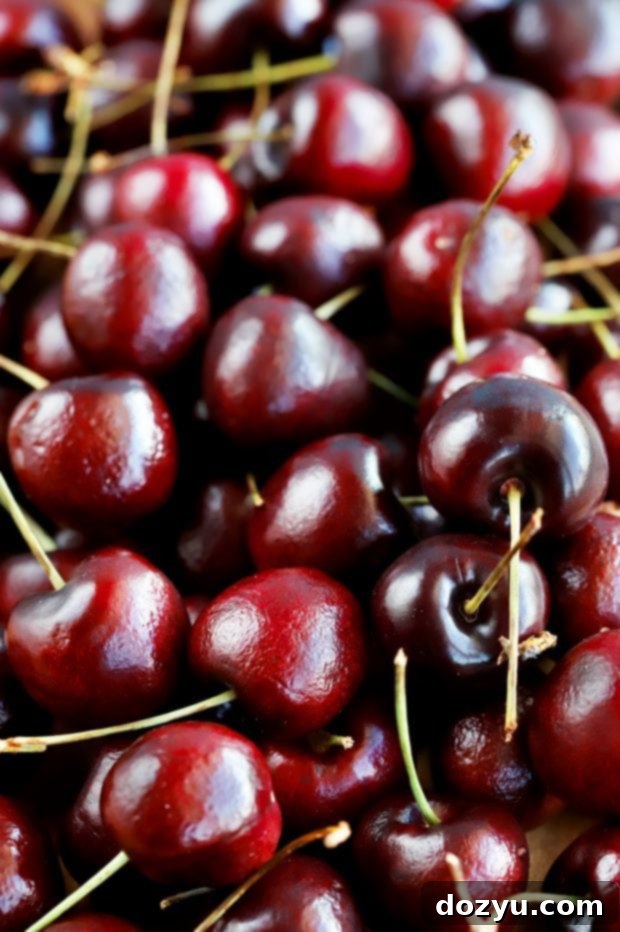
I don’t know about you, but I’m continuously eager to incorporate seasonal ingredients into my culinary creations. The importance of this approach becomes incredibly clear when you’re cooking on a daily basis, often preparing multiple recipes in a single day. You truly learn to appreciate the distinct qualities of produce at its prime.
Every type of food has its ideal season, and it’s high time we all got excited about the changing of the guard each quarter, purely for the wonderful new variety of fruits and vegetables that become available. Think about it: when fall arrives, it’s no surprise that everyone becomes obsessed with everything pumpkin or apple. Each new season brings a fresh palette of ingredients, inspiring endless possibilities in the kitchen.
I often find that many of us aspire to cook seasonally more frequently, but sometimes the biggest hurdle is simply knowing how to answer the fundamental question: “What exactly is in season right now?” This guide aims to demystify that question and empower you to cook with confidence and creativity.
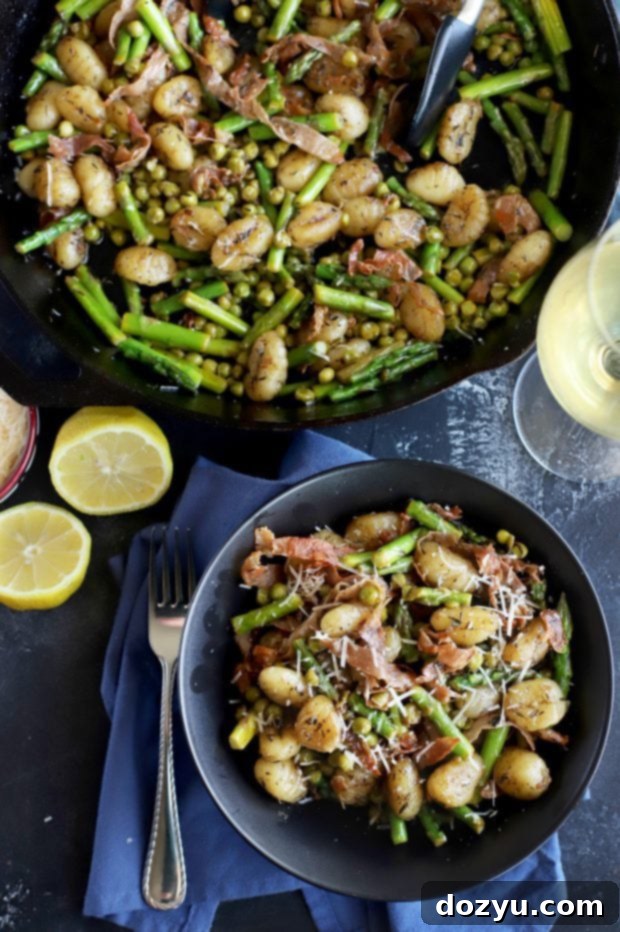
How do I know what is in season?
This is undeniably the most crucial question to tackle when you commit to cooking seasonally. The more knowledgeable you are about what’s in season, the more effectively you can plan your meals, create diverse shopping lists, and choose recipes that truly shine. To help you get started, I’ve compiled a quick overview for each season below. Remember, this is designed as a *quick start* guide for a reason! It doesn’t encompass every single piece of produce available throughout the year, but it highlights some of the most popular and versatile ingredients, including many of my personal favorites.
Beyond these seasonal highlights, I highly recommend visiting your local farmers’ markets. These vibrant hubs are fantastic for discovering exactly what’s been freshly harvested in your area, and you can often chat directly with the growers for tips and inspiration.
For a comprehensive, month-by-month breakdown of what’s in season, be sure to explore my detailed produce guides! They offer an in-depth look at the best ingredients available throughout the year.
Everyday Seasonal Cookbook
Elevate your cooking with our comprehensive Everyday Seasonal Cookbook. Packed with invaluable seasonal produce guides, mouth-watering recipes, and expert tips, this cookbook is your ultimate companion for discovering and utilizing the freshest ingredients for every occasion, all year round.
Spring Produce & Recipes
When spring finally arrives, I am always incredibly eager to transition away from the hearty, comforting dishes of winter. It’s a truly delightful shift towards foods that are wonderfully fresh, light, and bursting with vibrant flavors. Think delicate asparagus, crisp peas, tender greens, sweet strawberries, and the first rhubarb. Spring produce offers a refreshing reset for our palates, inspiring brighter, more invigorating meals perfect for shaking off winter’s chill.

For even more detailed information on what fresh produce is in season each month throughout Spring, make sure to check out these dedicated guides:
What’s in Season in March
What’s in Season in April
What’s in Season in May

Everyday Seasonal: Spring Edition
Celebrate the freshness of the season with our Everyday Seasonal: Spring Edition cookbook. It’s brimming with delightful spring recipes, an in-depth produce guide, and creative ideas to help you make the most of nature’s awakening. This is the ultimate guide to culinary spring celebrations.
Summer Produce & Recipes
Calling all fruit lovers – unite! Because summer is undoubtedly the season to fully embrace nature’s sweet, juicy bounty. From vibrant berries and succulent peaches to crisp corn and sun-ripened tomatoes, summer produce is all about abundance and bright, refreshing flavors. It’s the perfect time for grilling, picnics, and dishes that require minimal cooking to let the natural deliciousness of the ingredients shine.

To gain even more insight into what’s in season each month throughout the Summer, be sure to explore these invaluable resources:
What’s in Season in June
What’s in Season in July
What’s in Season in August

Everyday Seasonal: Summer Edition
Unlock the vibrant flavors of the warmest months with our Everyday Seasonal: Summer Edition cookbook. Featuring mouthwatering seasonal summer recipes, an exhaustive produce guide, and expert tips, this cookbook will help you truly celebrate the peak of the growing season.
Fall Produce & Recipes
As the leaves begin to turn, it’s time to dive into the rich, comforting flavors of fall. Forget the basic pumpkin spice latte and instead, relish in the opportunity to enjoy fresh, seasonal pumpkin in your own homemade creations. Fall brings forth an incredible harvest of apples, pears, various squashes, root vegetables, and cruciferous greens. There’s a profound reason why this glorious season holds a special place in my heart – it’s a celebration of warmth, coziness, and deeply satisfying food.

For more detailed information on what fresh produce is at its peak each month during Fall, explore the insightful posts below:
September Produce Guide
October Produce Guide
November Produce Guide

Everyday Seasonal: Fall Edition
Embrace the rich flavors and comforting warmth of autumn with our Everyday Seasonal: Fall Edition cookbook. This essential guide is packed with inspiring fall recipes, an exhaustive produce guide, and creative ideas to help you celebrate the season’s bounty. It’s perfect for cozy meals and festive gatherings.
Winter Produce & Recipes
As the temperatures drop, it’s time to snuggle up and retreat into your culinary comfort zone! Winter is all about utilizing hearty, warming ingredients that nourish you from the inside out. Think robust root vegetables like carrots, potatoes, and parsnips, along with cruciferous vegetables such as kale and Brussels sprouts. Citrus fruits also come into their prime, adding a burst of brightness to colder days. These ingredients are perfect for stews, roasted dishes, and warming soups that create a sense of coziness and well-being.

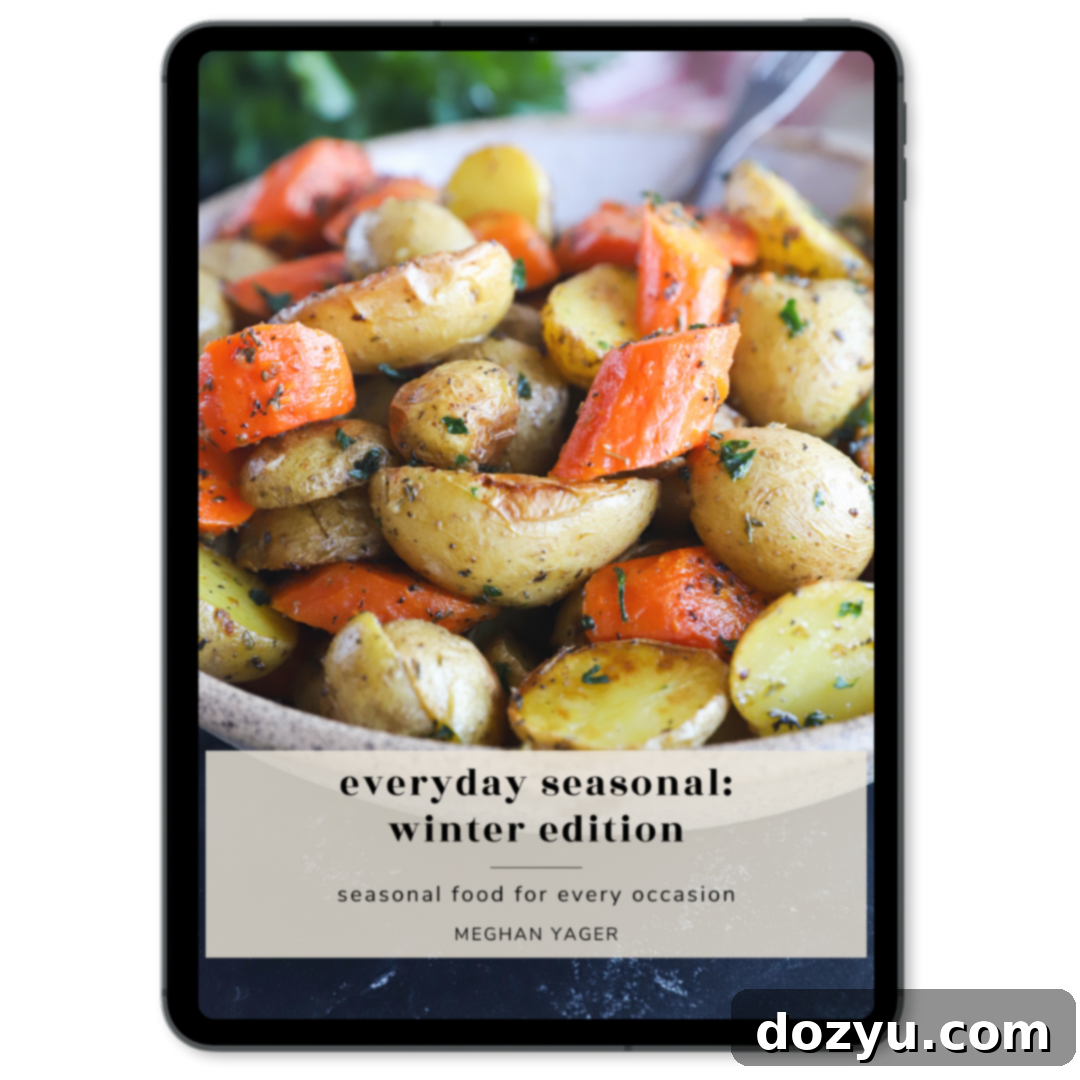
Everyday Seasonal: Winter Edition
Discover the comforting and robust flavors of the coldest months with our Everyday Seasonal: Winter Edition cookbook. This essential guide provides heartwarming seasonal winter recipes, a thorough produce guide, and innovative ideas to help you truly celebrate the season’s unique offerings.
To access even more details on what wholesome ingredients are in season each month during Winter, please refer to the following comprehensive guides:
December Produce Guide
January Produce Guide
February Produce Guide
Why is Eating Seasonally Important?
Once you fully immerse yourself in the practice of eating seasonal food, it will gradually become second nature, especially after you’ve experienced a full cycle of all four seasons. But beyond the enjoyment and routine, why is adopting this culinary philosophy so crucial? There are numerous compelling reasons why eating seasonally benefits you, your community, and the planet.
The most immediate and apparent benefit is that seasonal, often organic, foods are typically grown closer to you. This significantly reduces the transit time from farm to table, meaning the produce is harvested at its absolute peak of ripeness and nutritional value. Unlike food that’s shipped across continents or stored for months, seasonal produce retains its full spectrum of vital nutrients and vibrant flavor. Furthermore, it’s sold during its natural peak, eliminating the need for artificial preservation methods that can compromise quality.
In addition to this, choosing to eat seasonally offers a multitude of advantages:
- Support Local Farmers: By buying seasonal, you directly contribute to the sustainability of local farms, strengthening your community’s economy and food system.
- Diverse Diet: The changing seasons naturally introduce a wider variety of foods into your diet, ensuring you receive a broader range of vitamins, minerals, and antioxidants.
- Cost Savings: Abundance drives down prices. When produce is in season, it’s typically more plentiful and therefore significantly cheaper than out-of-season alternatives. Hello, budget-friendly groceries!
- Superior Taste and Nutrition: As mentioned, food harvested at its peak ripeness delivers unparalleled flavor and maximum nutritional content, making your meals more delicious and wholesome.
- Reduced Environmental Impact: Less travel for produce means a smaller carbon footprint. Seasonal eating often reduces reliance on energy-intensive growing practices like heated greenhouses or extensive refrigeration.
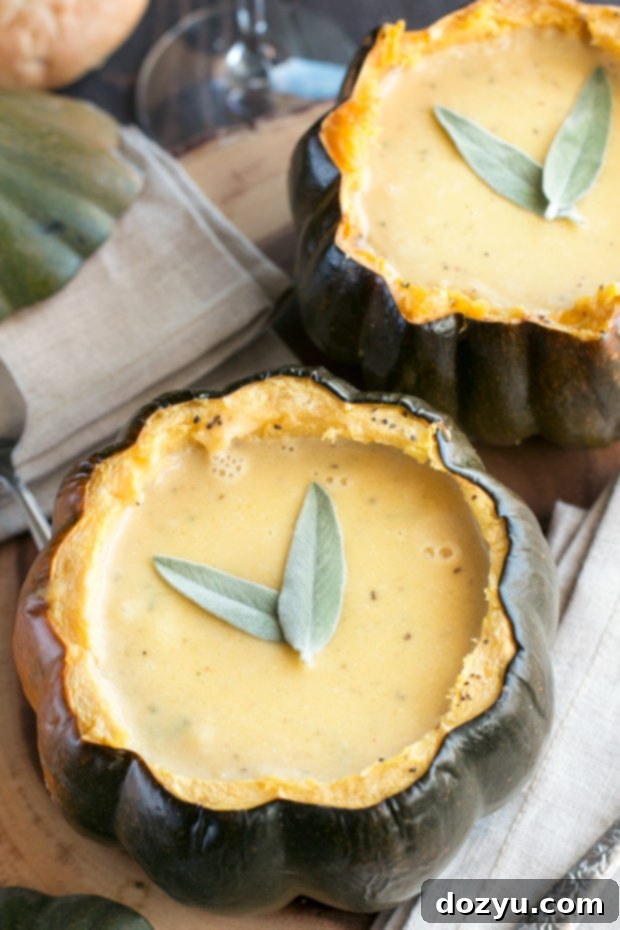
The flavor of everything is fresher and tastier when it is eaten in season versus food consumed out of season.
I understand that consistently eating seasonally isn’t always feasible – we all navigate busy lives, and sometimes time constraints, limited access, or even picky eaters can prevail. However, making a simple, conscious effort to incorporate seasonal ingredients just a few times a week can truly make a profound difference. It starts small: a couple of seasonal meals here and there. Before you know it, you’ll find yourself falling into a natural routine of cooking with the seasons almost every single night, experiencing the culinary rewards firsthand.
Not to mention, embracing seasonal abundance might just inspire you to explore fascinating traditional cooking techniques like preserving, canning, fermenting, or pickling. These methods allow you to capture and extend those exquisite fresh flavors, letting you enjoy the taste of summer berries in the depths of winter or the tang of autumn apples all year round. At least, for me, exploring these preservation techniques is a continuous and exciting goal!
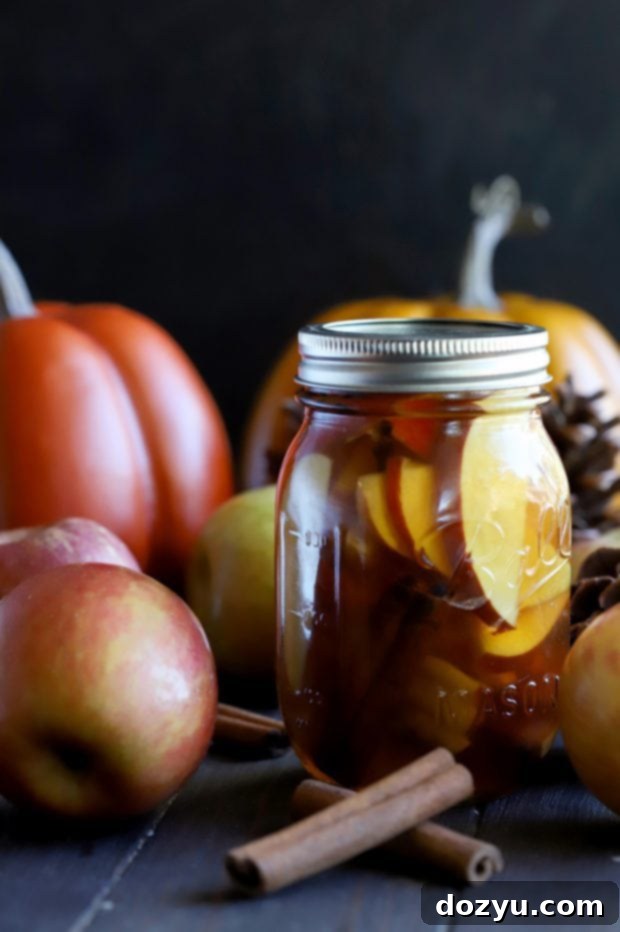
My Favorite Seasonal Cookbooks & Guides
To further aid you on your seasonal cooking journey, I want to share some of my go-to resources. These books have been instrumental in my own kitchen, offering inspiration, guidance, and delicious recipes centered around the freshest seasonal produce:
The Flavor Bible: This is an absolutely indispensable guide for anyone serious about cooking. It helps you understand what ingredients naturally pair well together and, crucially, when they are at their seasonal peak. I refer to this book almost every week when planning new recipes or simply trying to figure out what to do with leftover seasonal produce from my market haul. It’s a true treasure trove of flavor combinations.
The Farmers Market Cookbook: A brilliant guide that champions eating seasonally, this cookbook provides a wealth of creative and approachable recipes, such as tantalizing cantaloupe salsa, that are perfectly suited for fresh market finds. It helps you translate your farmers’ market basket into delicious meals.
The First Mess Cookbook: If you’re leaning towards more plant-based and wholesome recipes, this cookbook is an absolute must-have. All the recipes are vegan, making it an excellent resource not just for vegans but for anyone looking to incorporate more healthy, vegetable-forward dishes into their diet, or for inspiring delicious Meatless Monday dinners.
The Farm Cooking School: Despite being incredibly inexpensive, this book offers tremendous value. It’s more than just a collection of recipes; it also teaches fundamental cooking techniques that will serve you well throughout all the seasons. It’s about empowering you with skills, not just instructions.
True Food: Seasonal, Sustainable, Simple, Pure: The title perfectly encapsulates the essence of this cookbook. It delivers exactly what it promises – recipes that are seasonal, emphasize sustainable practices, are simple to follow, and focus on pure, unadulterated flavors. Plus, it comes highly recommended with a plethora of positive reviews to back its quality.
